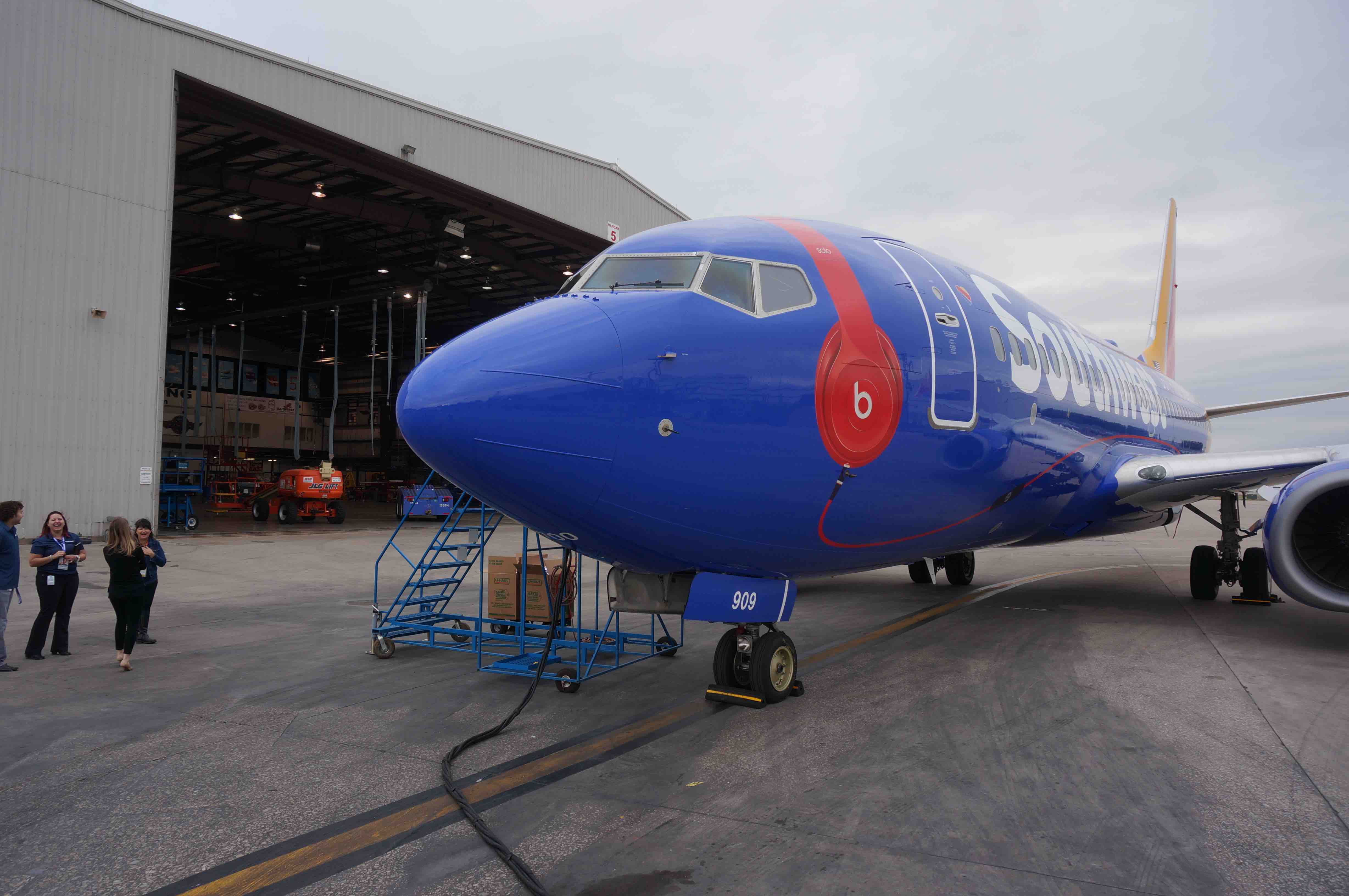
American Airlines jet crowd around Terminal D at Dallas/Fort Worth Airport in this 2014 photo. (Terry Maxon/DMN)
Wall Street has been very happy in recent years that airlines have kept their capacity growth under control. Indeed, many analysts attribute much of the industry’s current profits to capacity discipline: no market share wars, no growth for growth’s sake.
But airlines by and large are earning record profits. In the past, good profits have spurred more growth, which led to depressed earnings. Airlines tend to add seats when their costs from jet fuel go down. That’s the thesis, at least.
So should investors be worried that all this newfound prosperity and dropping energy prices will lead to irrational exuberance and more airplane capacity than demand can sustain?
Several analysts have weighed in on the issue in the past week, with varying degrees of concern or non-concern.
Industry analyst Hunter Keay of Wolfe Research gets antsy when he hears airline executives said they are going to grow “in line or below” the rate of the gross domestic product.
“We’re not sure who invented this but many now believe it represents a threshold of what’s acceptable,” Keay said in a Friday report. He disagrees.
In fact, Keay is worried about the impact of lower fuel prices on airlines. Does that seem counterintuitive? Here are his points from a Thursday report, in which he lowered his outlook on the airline industry:
“We are increasingly uncomfortable with the longer term impact from lower oil prices as it relates to our investment thesis on airlines. For years we’ve said high oil prices are good for airlines, so it would be intellectually dishonest to say low oil prices are also good for airlines. We are cutting our sector weighting on Airlines to Market Weight from Overweight.
“In late 2010 when network airlines enjoyed stable-ish and low jet fuel prices they moved away from the concept of capacity discipline, adding back growth they had just cut a year earlier. Domestic capacity growth reached 4% by 4Q10 as we entered 2011. Then oil prices went right back up again, as they tend to do, and 2011 stunk. Aggregate margins declined 210bp y/y in 2011 as pricing couldn’t keep pace with fuel. Our current expectation for 2015 domestic capacity growth? Now up to 4%. We’d be fools to ignore this precedent and honestly rationalize it because jet fuel is cheap, today.
“Capacity creep. 2015 is looking more and more like the first year since 2007 where domestic capacity will outgrow U.S. real GDP. Airlines will say this is ok because it’s from gauge and stage length, but they both still count. And it’s not fair for an airline to say its capacity growth is below GDP when system capacity is but region-specific capacity isn’t, as we’re seeing.”
Taking a different view is analyst Jamie Baker of J.P. Morgan.
“It’s five o’clock somewhere. A bird in the hand is worth two in the bush. Keep capacity growth under GDP – If you hear something over and over, that doesn’t mean it’s true,” Baker wrote in a Tuesday report.
“While ‘restraining growth to a level below GDP’ makes for a popular sound bite, in our view, tying one’s business plan to a government measure of the value of goods and services produced in an economy that’s subject to frequent and oft-substantive revisions doesn’t strike us as the optimal way to run an airline,” Baker wrote.
It makes sense for companies like airlines to increase output – add capacity – if their input costs go down, Baker stated. If current prices hold steady, the industry’s fuel bill in 2015 would be $5 billion less than at previous jet fuel prices of $3.05 a gallon.
“Discipline shouldn’t be defined by airlines ignoring their input costs – We expect firms to maximize profits, and lower fuel suggests incremental growth is warranted. We take umbrage to the view that oil prices and equity values are somehow correlated, that lower fuel is a negative, and that airlines should turn a blind eye to input costs,” Baker wrote. “The better gauge of discipline, in our view, is whether managements similarly reduce planned capacity should oil revert to summertime levels.”
He noted that American Airlines Group had originally planned to increase capacity in fourth quarter 2014 by 5.2 percent, but trimmed it as the year went on to 1.6 percent.
As in that example, “we remain confident that the industry will continue to cull flying should input costs rise and/or demand warrant, though monitoring is required,” Baker wrote. “We resist the view that increased capacity emerging from cheaper fuel unequivocally represents a breakdown to the broader industry investment thesis.”
In a Wednesday report, analyst Michael Derchin of CRT Capital suggested investors concerned about “capacity creep” have nothing to worry about. He analyzed airline schedules for the next six months and found capacity up 3 percent, about as much as the expected growth in domestic GDP.
“Based on our analysis of the United States carrier schedules over the next 6 months, we found no evidence of capacity creep,” he wrote. “Our estimated fuel cost savings are not likely to be competed away.”
 Airlines for America issued a fuming statement Thursday evening in response to the monthly U.S. Department of Transportation report on airlines’ on-time performance and cancellations.
Airlines for America issued a fuming statement Thursday evening in response to the monthly U.S. Department of Transportation report on airlines’ on-time performance and cancellations.






